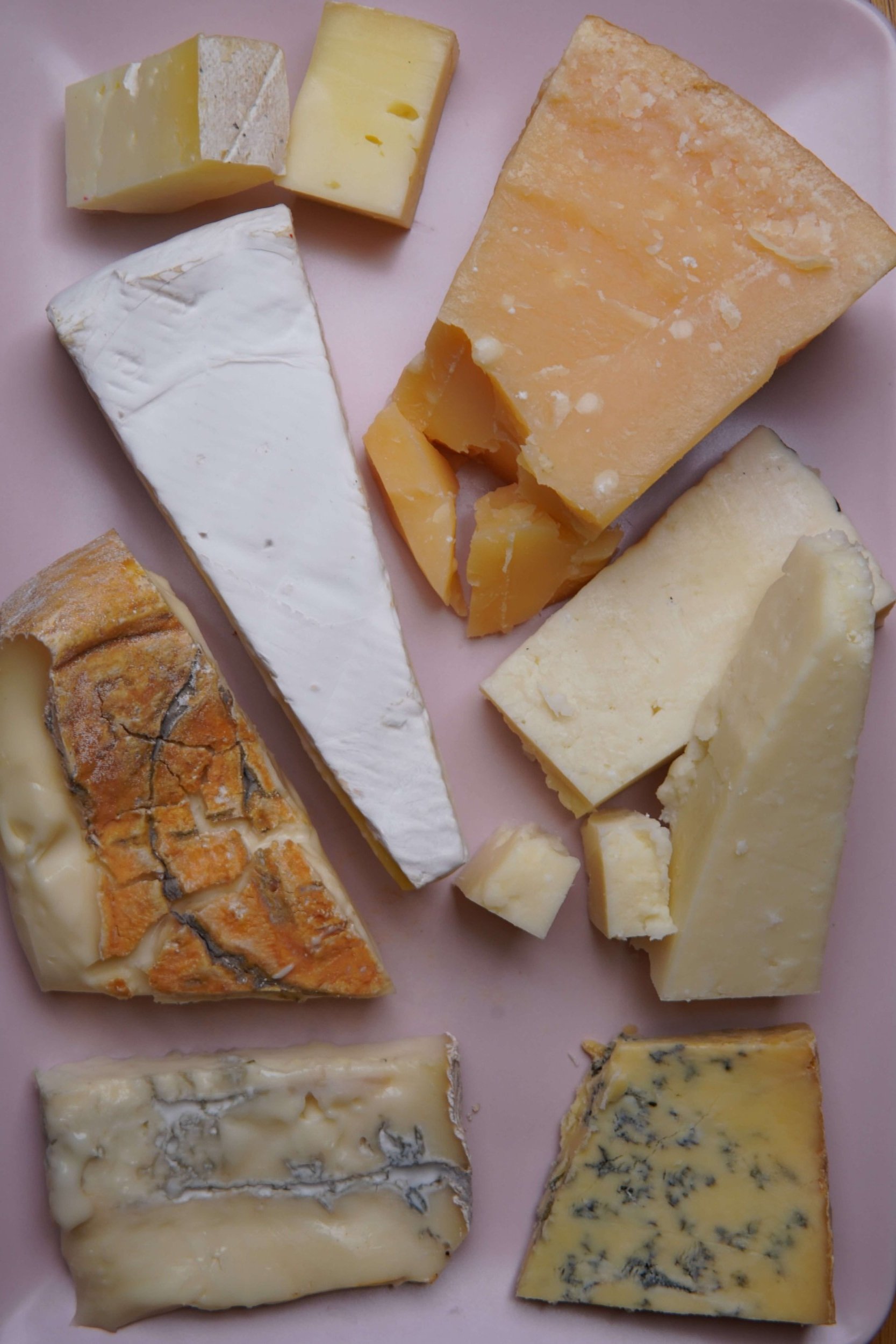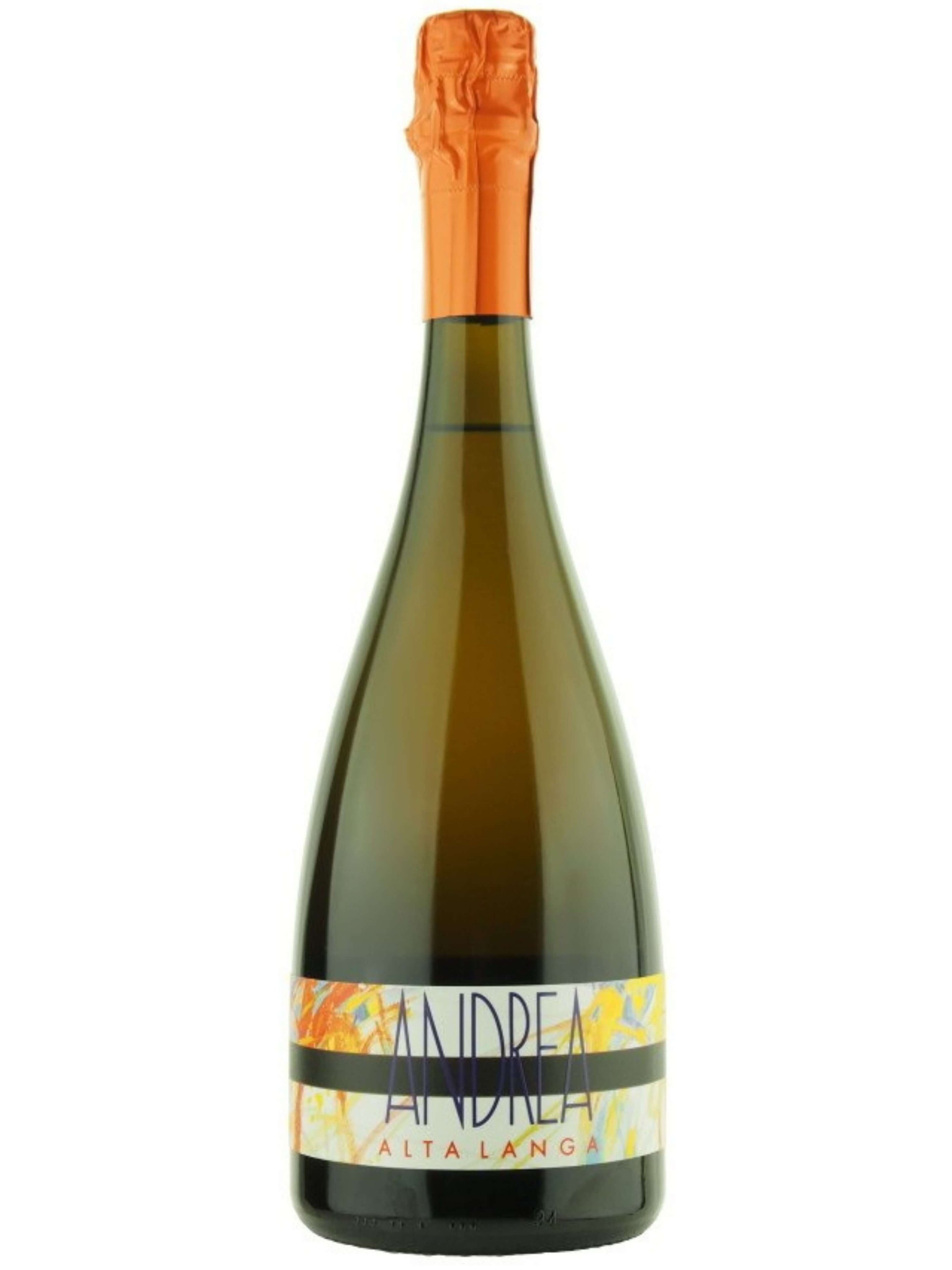Your Go-To Guide For the Best Wine and Cheese Pairings
What would cheese be without wine, and wine without cheese at parties and wine tastings?
To arm yourself with some easy, go-to advice, we just published 5 Tips for Wine and Cheese Pairings. When it comes to pairing foods, wine and cheese are some of easiest to learn since you are only dealing with 1 food, and not many. This means you can focus on 1 flavor or texture and how that interacts with a wine one at a time. Even better, pairing cheese and wine allows for a lot of fun experimentation, which can make a party or get-together more engaging and interactive. After all, we each have different palettes so, while there are some basic tenets of pairing wine with food, each person may have different likes (and dislikes) when it comes to certain pairings. This article is your “go-to” when seeking out the best cheese and wine pairing to have at your next party.
What Wine with Which Cheese?
As a follow-on to our previous article and YouTube video with 5 tips to learn about pairing cheese and wine, in this article, we’re applying these tips with some concrete examples of wine and cheeses to pair together. First, let’s have a quick recap of these five tips:
Complement and contrast flavors and textures: consider flavors and creaminess textures when pairing, and search for those similar or opposite.
Match intensity: try to pick wine and cheeses that have similar intensity of flavor and aroma, so that one doesn’t overpower the other.
Beware of tannins: with bitter cheeses, tannins can cause the bitterness to ramp up; be careful of the interaction between tannic wines and the cheese’s flavors.
Stick to the region: lots of foods develop together as a cuisine in a specific area thanks to traditions; try cheeses and wines from the same area to take advantage of generational trial and error!
Experiment and try: be open to new possibilities and flavors and don’t be pigeonholed by ‘rules’. Find your own likes and dislikes to build your own preferences through experimentation of different wine and cheese pairings.
While reading through our suggested pairings below, try to see and let us know in the comments below which of these tips each pairing follows!
Fresh Cheeses
These are cheeses that are sold almost immediately after production that undergo little if no aging. Normally they are soft and spreadable, and have a tangy and sweetish tendency. These are cheeses like ricotta, mozzarella, burrata, and stracchino (and also squacquerone). You can try a crisp white wine with these cheeses.
Try:
A portuguese white wine blend with burrata,
A dry prosecco pet nat Codolà with mozzarella,
Unoaked chardonnay with stracchino.
Chèvre
Some might consider it a sub-category of fresh cheeses, but we like to split it off as sometimes as these are cheeses made specifically with goat’s milk. While there are versions that can be aged, it is more common to find the soft fresh version. While commonly plain, the fresh version can often be found mixed with honey or dried fruits to give it overall much sweeter tones under the fresh tang. With chèvre, think fresh and fruity white wines.
Try with a fresh chèvre:
Klassik sauvignon blanc from Austrian Michi Lorenz,
Sauvignon blanc from Vigna Petrussa in Italy.
Bloomy Cheeses
These cheeses have an edible crust formed by a type of mold that helps to hold the form and protect the soft and flavorful insides. While bloomed cheeses can vary in aging, and thus intensity of flavor, some examples are Brie, Camembert, and Robiola di Roccaverano. Usually the rind has a stronger and ‘funkier’ flavor than the creamy insides of the cheese that is important to keep in mind when pairing cheese and wine. For a bloomy cheese, try pairing it with a nice fuller and rounder white wine that has a little more body or a touch of oak. Or, for the more adventurous, try a young and fruity unoaked red wine with a bloomy cheese.
Try:
Russian River Valley Chardonnay with a Camembert,
Friulano from woman owned Vigna Petrussa with a brie,
Dogliani dolcetto from Barolo winemaker Aldo Clerico with a Robiola di Roccaverano.
Washed Rind Cheeses
These cheeses are occasionally washed during aging (hence the name), allowing certain bacteria to flourish in the rind. Sometimes this can turn the rind a distinctive orange color, and it often results in a very flavorful and creamy textured, but not spreadable, cheese. Some well known cheeses with washed rinds would be taleggio from Italy or munster from France. With these pairings, we need a flavorful wine that can help cut through the creamy center of the cheese. Dry and traditional method wines work well here as well as fruity red wines.
Try:
Alta Langa Andrea with a taleggio,
Pinot noir or a saint laurent (a relative of pinot noir) with a munster.
Semi Soft Cheeses
A semi soft cheese falls between the sharp and flaky hard cheeses and creamy bloomy or washed rind cheeses. They are usually not spreadable, but still nice and soft in texture; flavors can vary between delicate to pungent. Examples of semi soft cheeses are provolone, gruyere, gouda, havarti, and asiago. What we love here are white wines with a touch of body and fullness, but not quite as much as with a bloomed cheese.
Try:
A Lugana wine paired with an asiago,
A natural wine Parella made from trebbiano abruzzese with a gouda or havarti.
Hard Cheeses
These last two categories are time time to really start pairing cheese with red wine. As we mentioned in our last article, tannins can work well to pair with cheeses that undergo significant aging periods. As the cheeses age, they also dry out, causing the body of the cheese to become hard. Often, such as with Parmigiano Reggiano, they don’t necessarily cut evenly, but splinter and flake as they are cut. These are cheeses like (in addition to Parmigiano Reggiano) aged cheddar, Grana Padano, pecorino, and manchengo.
With hard cheeses there are two great ways you can go: tannins or bubbles. Big bold red wines love hard aged cheeses. But, at the same time, a traditional champagne style sparkling wine can also be an academic pairing option.
Try:
Spanish Tempranillo with manchengo,
Barolo with Grana Padano,
Brunello di Montalcino with pecorino cheese,
Durello sparkling wine from Veneto with a Parmigiano Reggiano.
Blue Cheeses
Created by allowing certain strains of mold to infect and multiple within the cheese, blue cheeses can range from creamy and spreadable to hard and crumbly depending on aging times. The most well known blue cheeses are the Italian Gorgonzola, the French Roquefort, and the English Stilton. These cheeses are pungent on the nose and intensely flavored and they need a flavorful wine to keep up with them. So you can try a big bold red again like with the aged cheeses, but the sapidity and bitterness of the blue cheeses allow for an interesting pairing: sweet wines. The sweetness and fullness of sweet wines contrast well with a blue cheese like gorgonzola for example for a classic and fun pairing.
Try:
Pairings Straight from the Producer
We asked two of our producers what their favorite pairings were, and what they recommended for pairing wine with cheese. Looking at these pairings from their perspective is an interesting way to infer how other pairings might come about too!
Aldo Clerico and the Reds of Piedmont
In the heart of Barolo land in the Langhe hills of Piedmont, Italy, Aldo Clerico covers pretty much the gamut of piemontese red wines (dolcetto, barbera d alba, nebbiolo, and Barolo). He suggests, ‘With my younger wines, such as the Dogliani [dolcetto], Barbera d’Alba, and Langhe Nebbiolo, I think medium aged [or semi soft] cheeses are the good. But with Barolos [like his Classic Barolo, Serralunga d’Alba, and Ginestra], I much prefer hard and well aged cheeses, which also happen to be my favorite cheeses.’ With these only-red wines from Aldo, you can try your hand at pairing cheese with red wine!
Vigna Petrussa and Friuli Wines
Vigna Petrussa, located in the North Eastern corner of Italy in Friuli Venezia Giulia, is currently helmed by mother-daughter team Hilde and Francesca. They love to craft wines indicative of the region, specializing in the nearly lost indigenous schioppettino grape, which they bottle in four types of mono varietal Schioppettino wines: the unoaked Schioppettino Rinera, the oaked Schioppettino di Prepotto, the super limited edition Schioppettino Riserva., and the 100% air-dried Schioppettino Perla Nera dessert wine. Read more about schioppettino here where we talked with Vigna Petrussa winemaker Hilde Petrussa about her quest to revive the grape after it was outlawed by the EU to cultivate.
Here are some of the best best cheese and wine pairing.
When considering a cheese pairing with Schioppettino, they recommend ‘aged cheeses like Grana Padano or Parmigiano Reggiano and other hard cheeses like pecorino.’ Even cheeses flavored with black pepper give a nice complement to the peppery notes of Schioppettino.
For their other wines, their recommendations really cover all the bases of potential pairings for wine and cheeses. Their suggestions ranged from the traditional Picolit dessert wine with blue cheeses, to the more interesting refosco red wine with hard cheeses like Castelmagno, cheddar, and pecorino. Desiderio (a sweet passito style wine), they recommended with bloomy cheeses like Camembert and Brie. And for their last indigenous grape, that of the white Friulano, ‘fresh caprino [chèvre], Montasio or Asiago, and bloomy cheeses’ really seems like a great versatile white wine for cheese pairings!
Zamichele and Lugana Lake Garda Wines
On the picturesque shores of Lake Garda in Northern Italy, we find Zamichele, a biodynamic winery crafting the local specialty of Lugana wines.
So what does Alessandro of Zamichele recommend to pair with his wines? To start off, with the unoaked Lugana he likes semi-soft cheeses like asiago and caciotta. With the more aged and slightly oaked Gardè, he prefers harder and stronger cheeses, like Parmigiano Reggiano or the local Monte Veronese. He also mentions some light blue cheeses work well with the Gardè as well.
Ready to Try?
To get you started on your pairing journey, we have a great assortment of “cheese friendly” wines for many types of cheeses in the VeroShop. A great ‘starter pack is the Vero Summer Flight Sampler that includes three versatile wines: the Portuguese white wine blend and Codolà prosecco pet nat that pair well with fresh cheeses and a Spanish Tempranillo to go with aged hard cheeses.
If you work in the wine trade, contact us to learn more about our portfolio. Otherwise, go to the VeroShop to pick out your favorites. And don’t forget to jazz up your cheese with a dab of some organic extra virgin olive oil.



















